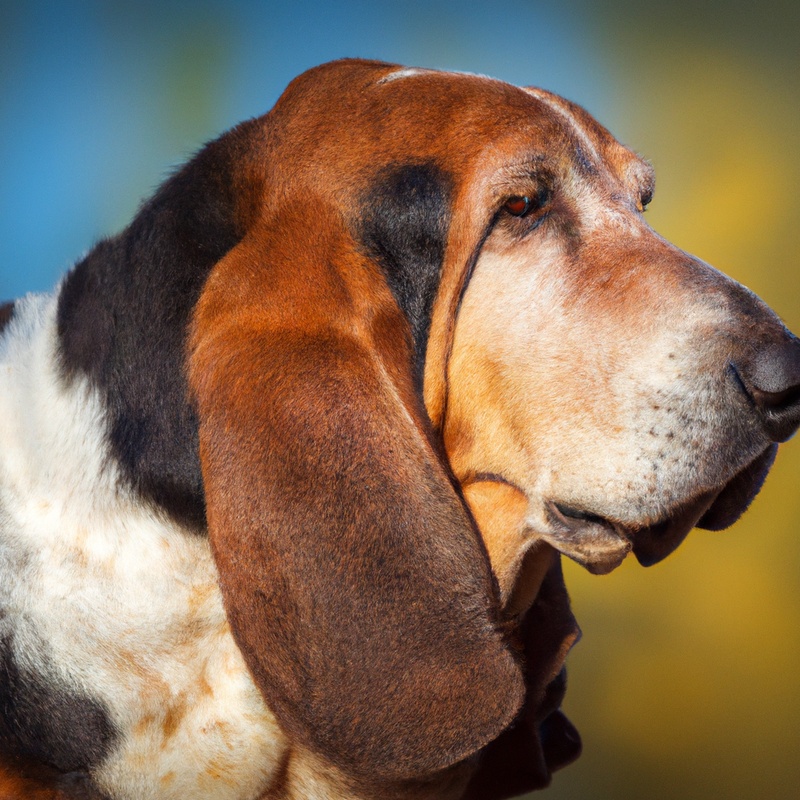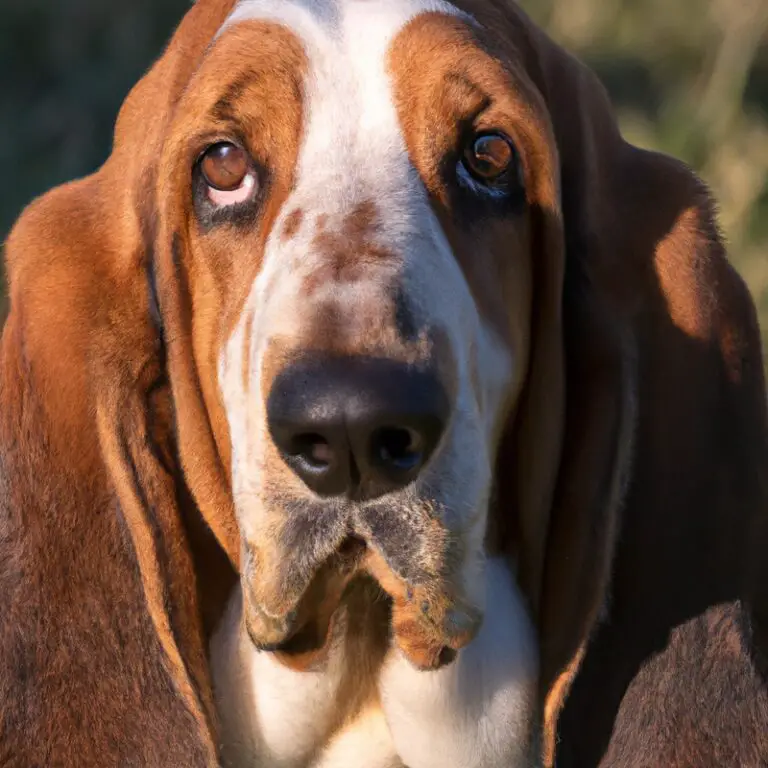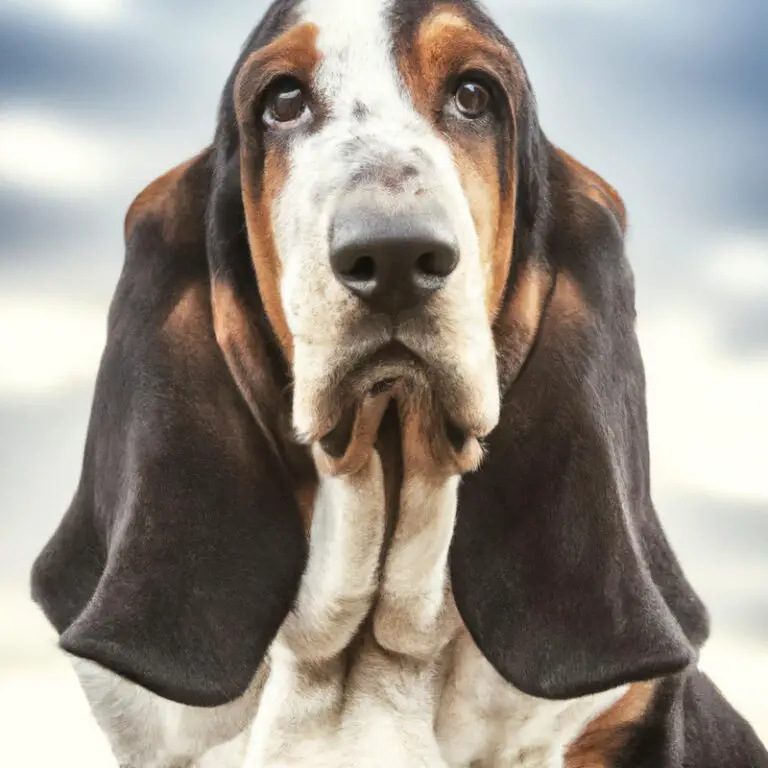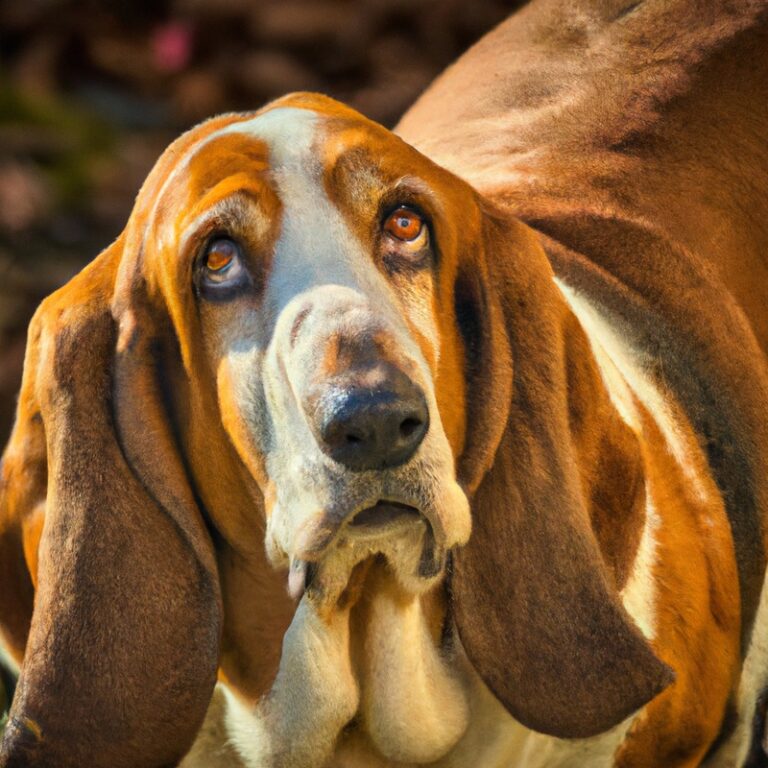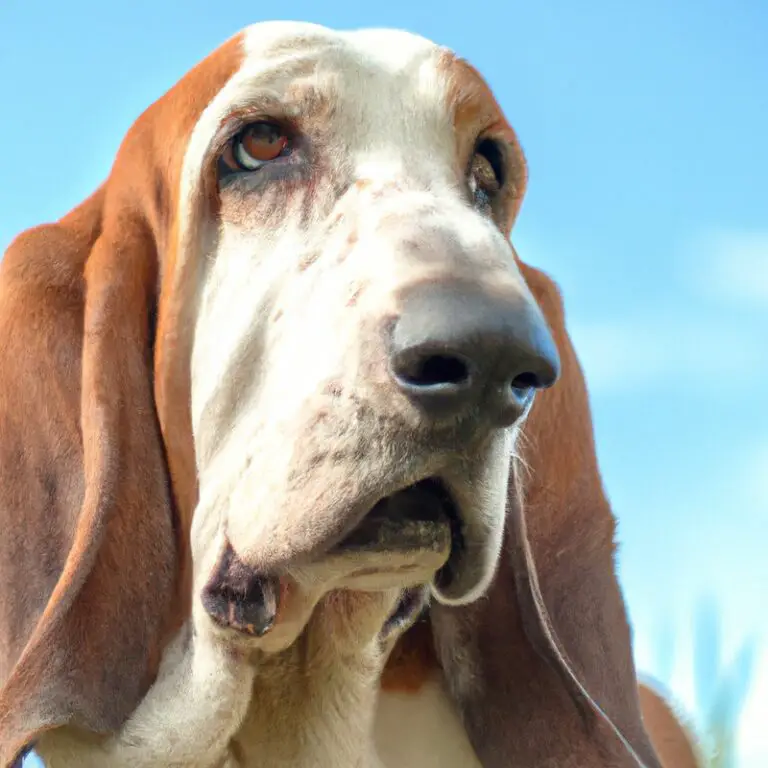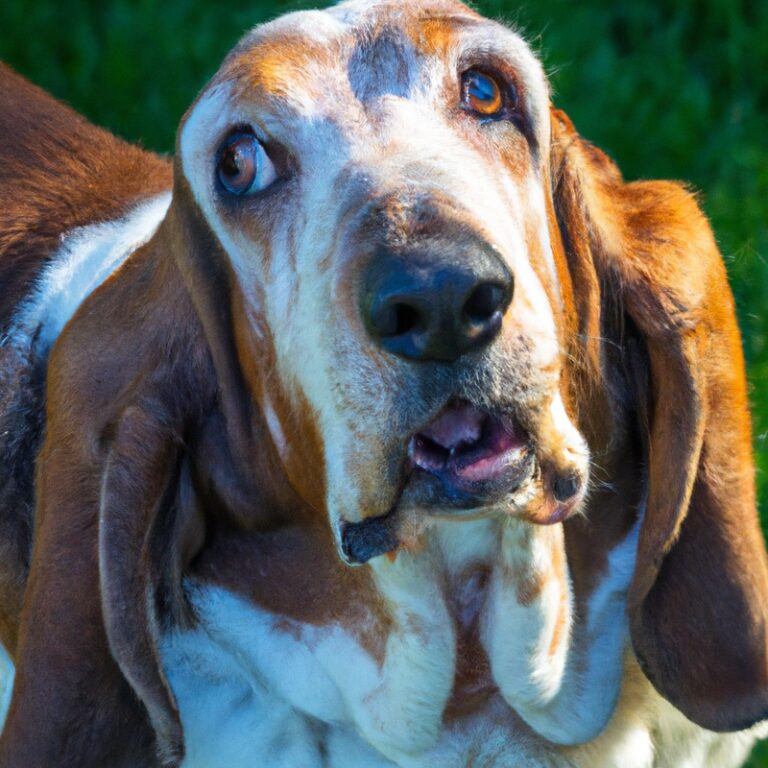Can Basset Hounds Be Trained For Dog Dancing?
Key Takeaways:
- Basset Hounds can be trained for dog dancing with patience and consistent training.
- Their natural instinct to follow scents can pose some challenges during training.
- Positive reinforcement methods are effective in training Basset Hounds for dog dancing.
- Basset Hounds may not be as agile as other breeds, but they can still learn and perform dance routines.
Are you ready to be amazed by the incredible combination of grace and cuteness?
Well, get ready to discover the fascinating world of dog dancing with Basset Hounds! Yes, you heard it right! These adorable, long-eared canines are not just couch potatoes.
Contrary to popular belief, Basset Hounds can be trained for the mesmerizing art of dog dancing.
In this article, I, an expert in the field, will dive into the physical characteristics and temperament of Basset Hounds, as well as provide you with valuable tips and techniques for training these lovable hounds to hit the dance floor.
So, grab your dancing shoes and let’s twirl into the magical world of Basset Hounds and dog dancing!
| Question | Answer |
|---|---|
| Can Basset Hounds be trained for dog dancing? | Yes |
Understanding Basset Hounds
Physical characteristics of Basset Hounds
Basset Hounds are known for their unique physical characteristics. They have a long body with short legs, making them appear low to the ground.
Their droopy ears are an adorable feature and their expressive eyes add to their charm.
Bassets also have loose skin, which wrinkles around their face and neck. Another distinctive trait is their strong sense of smell, as they have a large nose that helps them in tracking scents.
These physical characteristics make Basset Hounds easily recognizable and endearing to many dog lovers.

Basset Hounds’ temperament and behavior
Basset Hounds are known for their friendly and laid-back temperament. They are generally easygoing, patient, and affectionate dogs.
Bassets enjoy the company of their family members and get along well with children and other animals.
However, they can also be stubborn and independent at times, which may make training a bit challenging. Bassets have a strong sense of smell, and they love to follow scents, so it’s important to keep them on a leash or in a secure area when outside.
Additionally, Bassets can be prone to separation anxiety, so it’s recommended to provide them with plenty of mental stimulation and avoid leaving them alone for long periods.
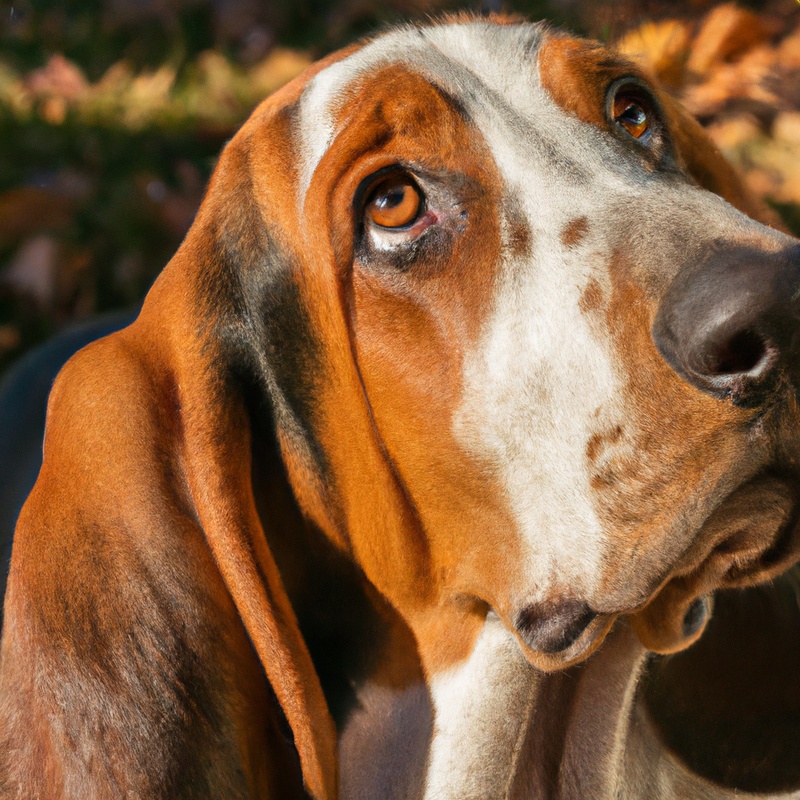
What is dog dancing?
Brief history of dog dancing
Dog dancing, also known as canine freestyle, has its roots in traditional obedience training and musical freestyle.
It combines obedience moves with music, creating a unique and entertaining performance.
The sport originated in the 1980s when trainers began incorporating dance moves into their obedience routines.
Over time, it gained popularity and evolved into a separate discipline.
Today, dog dancing is enjoyed by people all around the world, showcasing the bond between dogs and their handlers through creative and synchronized choreography.
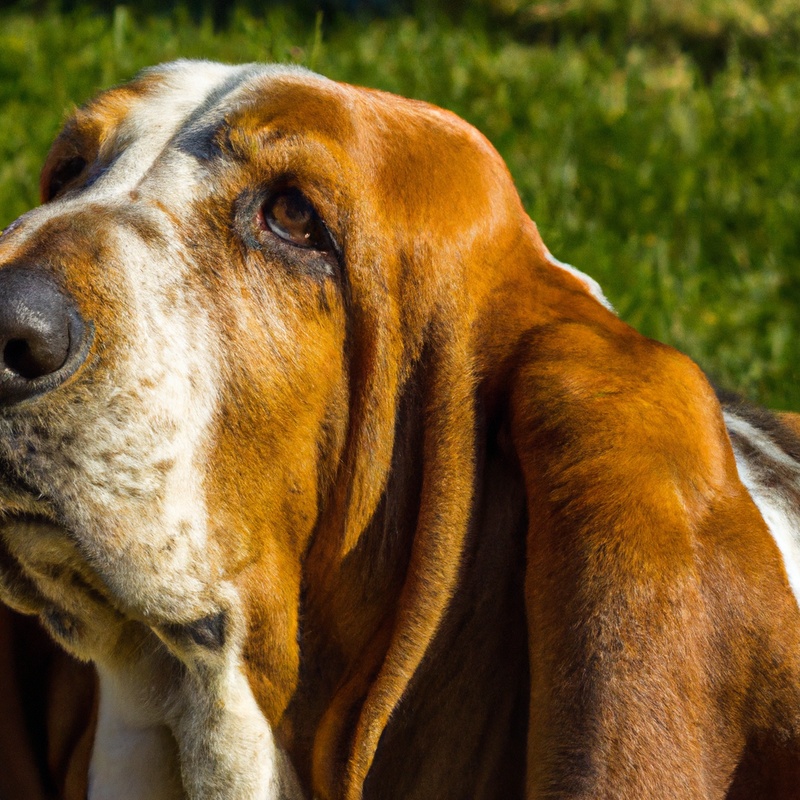
Explanation of dog dancing as a canine sport
Dog dancing, also known as musical canine freestyle, is a unique and entertaining canine sport that combines obedience training with choreographed dance routines set to music. It involves a handler and their dog performing synchronized movements, tricks, and poses in harmony with the chosen music.
This sport requires coordination, teamwork, and creativity, as well as a strong bond between the handler and their dog.
Dog dancing showcases the dog’s intelligence, agility, and willingness to learn, making it a fun and rewarding activity for both the dog and their owner.
Factors to consider in training Basset Hounds for dog dancing
Basset Hounds’ ability to learn and adapt
Basset Hounds are intelligent dogs who can learn and adapt well.
They may have a reputation for being stubborn, but they have a strong desire to please their owners.
With proper training and patience, they can become skilled in various activities, including dog dancing.
Bassets have a great sense of smell, which can be utilized in training and performing.
Their low center of gravity and long ears may present some challenges, but with creative modifications, they can excel in this sport.
It’s important to understand their individual personality and adjust training methods accordingly.
Physical limitations of Basset Hounds for certain dance moves
Basset Hounds have certain physical limitations that can make it challenging for them to perform certain dance moves.
1. Their short legs: Basset Hounds have short legs, which can limit their ability to perform jumps and leaps that require a higher level of agility.
- Their long ears: Basset Hounds have long, floppy ears that can obstruct their vision and balance. This can make it difficult for them to execute precise footwork or turns.
- Their heavy bodies: Basset Hounds are a heavier breed, which can make it harder for them to perform quick and intricate movements. Their bodies are better suited for a steady, rhythmic style of dance rather than fast, acrobatic routines.
Despite these limitations, Basset Hounds can still participate in dog dancing by focusing on their strengths, such as their natural grace and charm.
Dancing routines can be modified and customized to accommodate their physical characteristics and abilities.
Steps to train Basset Hounds for dog dancing
Basic obedience training foundation for dog dancing
For dog dancing, building a strong foundation in basic obedience training is essential. This foundation includes teaching your Basset Hound commands like sit, stay, lie down, and come.
These commands form the basis for more advanced dance moves.
Training should focus on positive reinforcement techniques, rewarding your dog for correct behavior. Consistency and patience are key, as it may take time for your Basset Hound to master these commands.
Remember to make training sessions fun and rewarding to keep your dog engaged and motivated.
Positive reinforcement techniques for Basset Hounds
Positive reinforcement techniques are highly effective for training Basset Hounds. Here are some techniques that can help you achieve success:
1. Reward-based training: Use treats, praise, and toys to reward desired behaviors such as sitting or staying. This will motivate your Basset Hound to repeat the behavior.
- Clicker training: Combine a clicker sound with treats to mark and reward desired behaviors. The clicker acts as a signal that lets your Basset Hound know they did something right.
- Break tasks into smaller steps: Basset Hounds may have short attention spans, so breaking tasks into smaller steps makes it easier for them to understand and learn.
- Consistency and timing: Be consistent in your training methods and timing. Reward your Basset Hound immediately after they perform the desired behavior to reinforce the connection between the behavior and the reward.
Remember, Basset Hounds respond best to positive reinforcement, so always be patient and use praise and rewards to motivate and encourage them.
Challenges and tips for training Basset Hounds for dog dancing
Overcoming Basset Hounds’ stubbornness and independence
Basset Hounds are known for their stubbornness and independent nature, which can pose a challenge when training them for dog dancing.
However, with patience and consistency, it is possible to overcome these traits.
Here are a few tips for dealing with their stubbornness and independence:
- Use positive reinforcement: Rather than resorting to force or punishment, reward your Basset Hound with treats and praise when they perform desired behaviors. This will motivate them to cooperate and make the training more enjoyable for both of you.
- Keep training sessions short and frequent: Basset Hounds have short attention spans, so it’s essential to keep training sessions brief and frequent. This will help to prevent them from losing interest and becoming stubborn or distracted.
- Break the training into small steps: Basset Hounds can become overwhelmed if presented with complex commands or routines all at once. Break the training process into smaller steps and gradually build upon each success. This approach will make it easier for them to understand and follow along.
- Be patient and consistent: Basset Hounds may take longer to learn new commands compared to some other breeds. It’s important to remain patient and consistent in your training efforts. Consistency will help them understand what is expected of them and reinforce the desired behaviors.
Remember, overcoming stubbornness and independence in Basset Hounds requires time, effort, and a positive approach.
Stay dedicated, and eventually, you will see progress in your dog’s dancing abilities.
Special considerations for Basset Hounds with short legs and long ears
When training Basset Hounds for dog dancing, their unique physical characteristics should be taken into consideration. Basset Hounds have short legs and long ears, which can impact their ability to perform certain dance moves.
It’s important to choose choreography that is suitable for their low stature and ensure their ears are secured to prevent them from getting tangled or injured during practice.
Additionally, extra care should be taken to protect their backs to prevent strain or injury. With these considerations in mind, Basset Hounds can still participate and enjoy the fun of dog dancing!
Benefits of dog dancing for Basset Hounds
Physical exercise and mental stimulation for Basset Hounds
Basset Hounds require regular physical exercise to maintain a healthy weight and overall well-being.
Daily walks and playtime are important for them.
Dog dancing can provide a fun and engaging way to meet their exercise needs.
It also offers mental stimulation through learning and practicing new moves.
Basset Hounds enjoy using their noses, so incorporating scent work into their dancing routines can be mentally enriching.
Dog dancing can be a great way to keep your Basset Hound physically fit and mentally stimulated.
Building a stronger bond with your Basset Hound through dog dancing
Dog dancing is a fun and engaging activity that can help you build a stronger bond with your Basset Hound. By dancing together, you and your furry friend can develop a deep sense of trust and cooperation.
The rhythmic movements and synchronized steps create a unique connection between you and your dog.
It also provides an opportunity for physical exercise and mental stimulation, keeping your Basset Hound happy and healthy. Through dog dancing, you can create lasting memories and strengthen the bond you share with your beloved pet.
Final Verdict
Basset Hounds can certainly be trained for dog dancing, but it requires a unique approach due to their physical limitations and independent nature. By understanding their temperament and adapting training techniques to their needs, owners can overcome these challenges.
Dog dancing provides not only physical exercise and mental stimulation for Basset Hounds but also an opportunity to foster a deeper bond with their owners.
With patience, positive reinforcement, and a willingness to adapt, Basset Hounds can shine on the dance floor. So why not give it a try and let your Basset Hound show off their moves!

